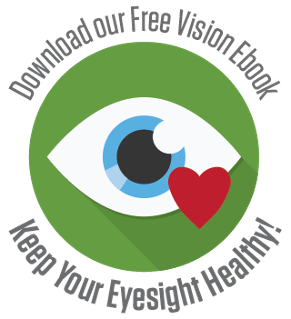By Mariah Chitouras on Aug 14, 2017 @ 04:05 PM
The total solar eclipse is Monday, August 21st, and people are traveling from all over the world to reach path of totality, where the moon will completely block the sun's rays. The Path of Totality will travel throughout the county, from the west coast to the east coast. The last time the contiguous U.S. saw a total eclipse was in 1979.
During an eclipse, the sun is blocked (partially or completely) by the moon when the moon passes between it and the Earth. Focusing on catching the eclipse makes it is easy to forget you need to protect your eyes. Prolonged sun exposure, even during an eclipse, can permanently damage the retina and cause eye damage known as solar retinopathy, which can lead to partial or permanent blindness. Sunglasses do not prevent solar retinopathy eye damage. You might ask yourself then, how do I prepare for the solar eclipse?
How do I view the solar eclipse?
There are indirect methods for viewing the eclipse. Most people prefer to directly view the sun as it fades into darkness, so they use eclipse glasses. Eclipse glasses are made much like inexpensive, cardboard 3-D viewing glasses. Many local organizations are providing them for free at their businesses, or they can be ordered online. Ensure your glasses are up to snuff by checking this list from NASA.
Glasses can be removed when the sun is totally blocked, but make sure to be ready to put them back on as soon as the sun begins to reappear. NASA has clear instructions to ensure optimum eye protection.
The opportunity to see a total solar eclipse is rare, so, get out there and experience a phenomenal celestial event. Just make sure to do your solar eclipse preparation and practice eye safety during the eclipse!





comments